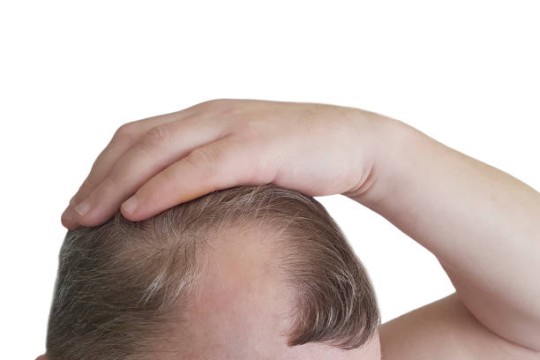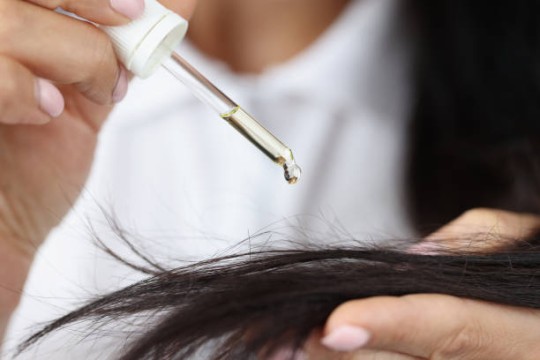Introduction: As individuals seek solutions for hair loss, medications like finasteride often emerge as viable options. However, it’s crucial to understand that along with its benefits, finasteride can also bring about certain side effects. In this article, we’ll delve into the potential side effects of finasteride, empowering you to make informed decisions about your hair loss treatment journey on Age Hair Transplant Service – Best hair transplant in Rajkot.
What is Finasteride?
Before we explore its side effects, let’s grasp the basics of finasteride. Finasteride is a medication primarily used to address male pattern baldness, scientifically known as androgenetic alopecia. It operates by inhibiting the enzyme 5-alpha-reductase, which converts testosterone into dihydrotestosterone (DHT), a hormone implicated in hair loss. By curbing DHT levels, finasteride can slow down hair loss and stimulate hair regrowth in some individuals.
The Common Side Effects of Finasteride:
While finasteride is generally well-tolerated, it’s essential to be aware of potential side effects that may arise during its usage. Here are some common side effects associated with finasteride:
- Sexual Dysfunction: Among the most frequently reported side effects of finasteride is sexual dysfunction. This may manifest as decreased libido, erectile dysfunction, or a reduction in semen volume. Although these side effects are relatively rare, they can occur in some individuals and may persist even after discontinuation of the medication.
- Breast Tenderness or Enlargement: Some individuals may experience breast tenderness or enlargement (gynecomastia) while taking finasteride. This occurs due to hormonal changes induced by the medication, particularly the decrease in DHT levels.
- Skin Rash or Irritation: In certain cases, individuals may develop a skin rash or experience skin irritation as a side effect of finasteride. Symptoms may include itching, redness, or inflammation of the skin.
- Mood Changes: Finasteride has been linked to mood changes in some individuals. This may encompass symptoms such as depression, anxiety, or mood swings. While not as prevalent as other side effects, it’s crucial to monitor mood changes while using finasteride.
- Allergic Reactions: Although rare, some individuals may experience allergic reactions to finasteride. Symptoms may include hives, difficulty breathing, swelling of the face or throat, and dizziness. If any signs of an allergic reaction occur, immediate medical attention should be sought.
The Less Common Side Effects of Finasteride:
In addition to the common side effects mentioned above, there are some less common side effects that individuals may encounter while taking finasteride. These may include:
- Testicular Pain: Some individuals may experience pain or discomfort in the testicles while using finasteride. Although this side effect is relatively rare, it should be reported to a healthcare provider if experienced.
- Changes in PSA Levels: Finasteride can impact prostate-specific antigen (PSA) levels, which are utilized in screening for prostate cancer. While this effect is generally benign, it’s essential to inform healthcare providers if PSA levels are being monitored.
- Hair Shedding: Paradoxically, some individuals may experience increased hair shedding when initiating finasteride treatment. Termed “shedding,” this phenomenon is temporary and typically resolves within a few months as new hair growth commences.
While finasteride can be an effective tool in combating male pattern baldness, it’s crucial to be cognizant of potential side effects that may accompany its usage. By familiarizing yourself with these side effects and remaining vigilant for any changes while taking the medication, you can make informed decisions about your hair loss treatment regimen. If any concerning side effects arise, it’s imperative to consult with a healthcare provider promptly.
Incorporating finasteride into your hair loss treatment plan is a decision that should be made in consultation with a healthcare professional. By weighing the potential benefits against the possible side effects and considering individual health factors, you can determine if finasteride is the appropriate choice for you. With proper monitoring and support, many individuals achieve success in addressing hair loss with finasteride while mitigating the risk of adverse effects.



